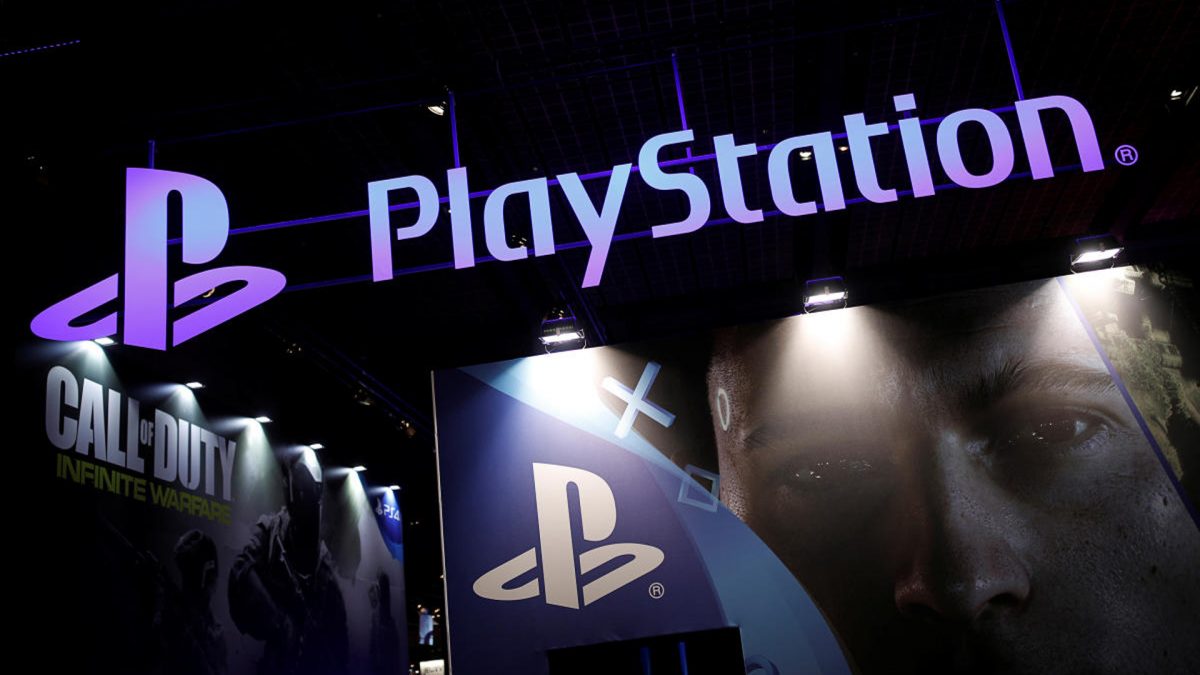Imagine a world where we never had the PlayStation, and some genius executives at Sony only let Ken Kutaragi, the PlayStation’s creator, make only a prototype. Sounds scary, especially if you’re a gamer, doesn’t it? Well, while the PlayStation may now be synonymous with the most successful like of gaming concealed, Kutaragi, faced an uphill battle to bring his vision to life, as he recalled in a recent interview with AFP.
Three decades ago, the revolutionary console, launched on 3 December 1994, was dismissed as an overreach by game developers and even Kutaragi’s bosses at Sony. At the time, gaming was dominated by simpler two-dimensional experiences, with consoles viewed as toys rather than sophisticated entertainment devices.
The Nintendo rift that sparked a gaming revolution
Despite fierce opposition, Kutaragi’s belief in the potential of 3D graphics and immersive gameplay never wavered. His ambition to push technological boundaries ultimately reshaped the gaming industry. The PlayStation’s debut marked a turning point, ushering in mature titles like Tomb Raider and Metal Gear Solid. What began as a risky gamble soon became one of the most successful gaming platforms in history.
Before the PlayStation’s meteoric rise, Sony was collaborating with Nintendo on a CD-ROM reader for the Super Nintendo console. The partnership even led to a prototype machine, the “Play Station,” which could read both CDs and cartridges. However, tensions erupted when Nintendo abruptly ended the collaboration, opting to work with Dutch company Philips instead.
The fallout was a turning point for Sony. Although it was seen as a public embarrassment at the time, Kutaragi believed the split was inevitable due to the companies’ differing philosophies. Nintendo viewed gaming as a toy industry, while Sony aimed to merge cutting-edge technology with entertainment. This rift pushed Sony to develop the PlayStation independently, setting the stage for the console’s success.
Building a legacy
Sony’s expertise in the music industry played a key role in the PlayStation’s success. Instead of selling consoles through traditional toy stores, the company created new supply chains, distributing the devices in electronics stores and adapting to local markets. This innovative approach helped Sony break into a market dominated by Nintendo and Sega, making the PlayStation a global phenomenon.
Under Kutaragi’s leadership, the PlayStation brand expanded rapidly, with the PlayStation 2 becoming the best-selling console of all time. Despite setbacks, such as the rocky launch of the PlayStation 3, Kutaragi cemented his legacy as a pioneer in gaming innovation before leaving Sony in 2007.
AI and gaming’s next frontier
Kutaragi’s forward-thinking approach extendsbeyond gaming. Now focused on robotics and artificial intelligence, he envisions a future where AI transforms industries from medicine to art. Kutaragi told AFP that computing advancements could make concepts like instantaneous travel and fully simulated realities a possibility, with gaming serving as a testing ground for these ideas.
As cloud gaming and mobile platforms gain traction, Kutaragi’s story underscores the importance of vision and perseverance. His determination to push boundaries not only revolutionised gaming but also laid the groundwork for future technological breakthroughs.
)